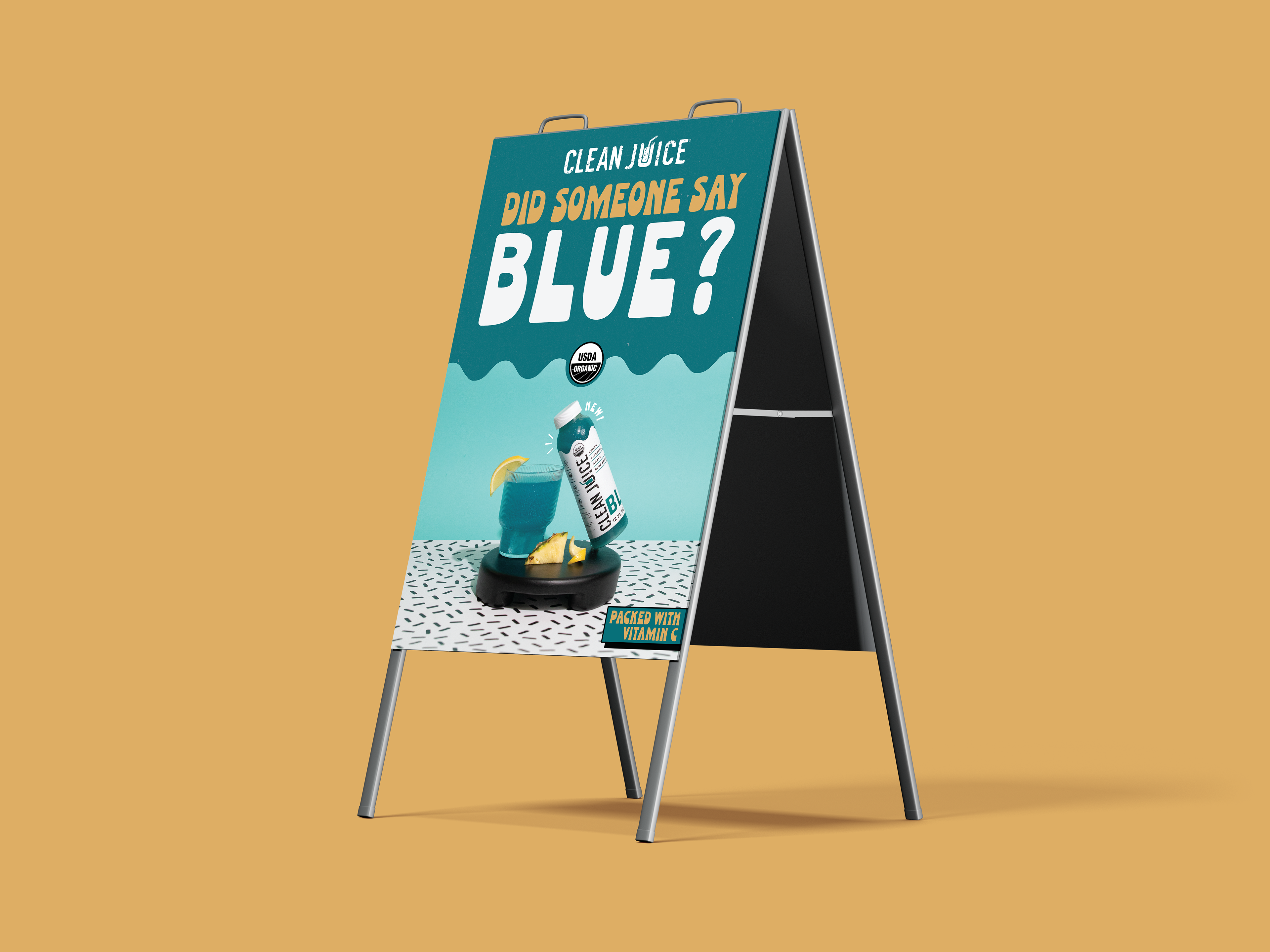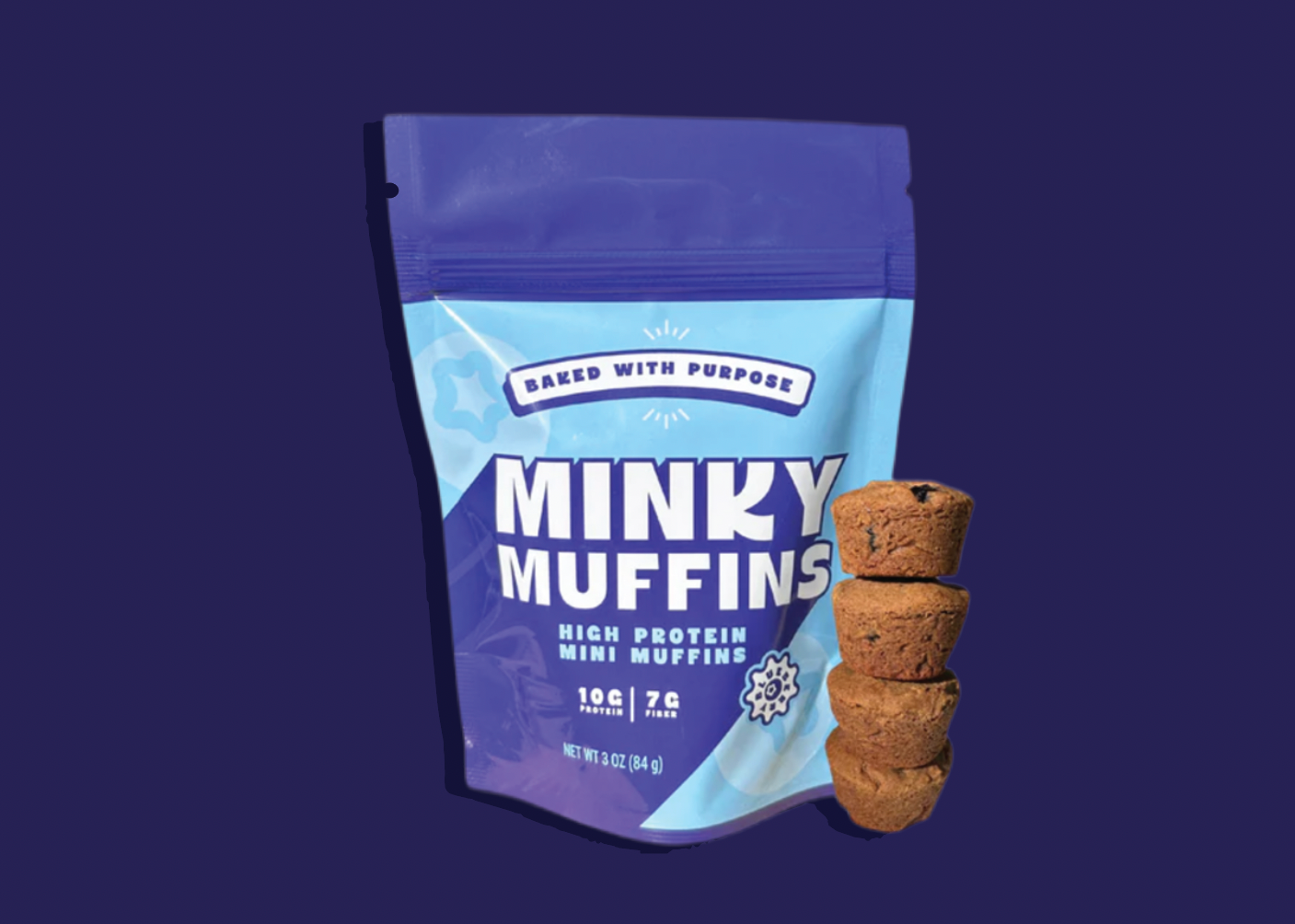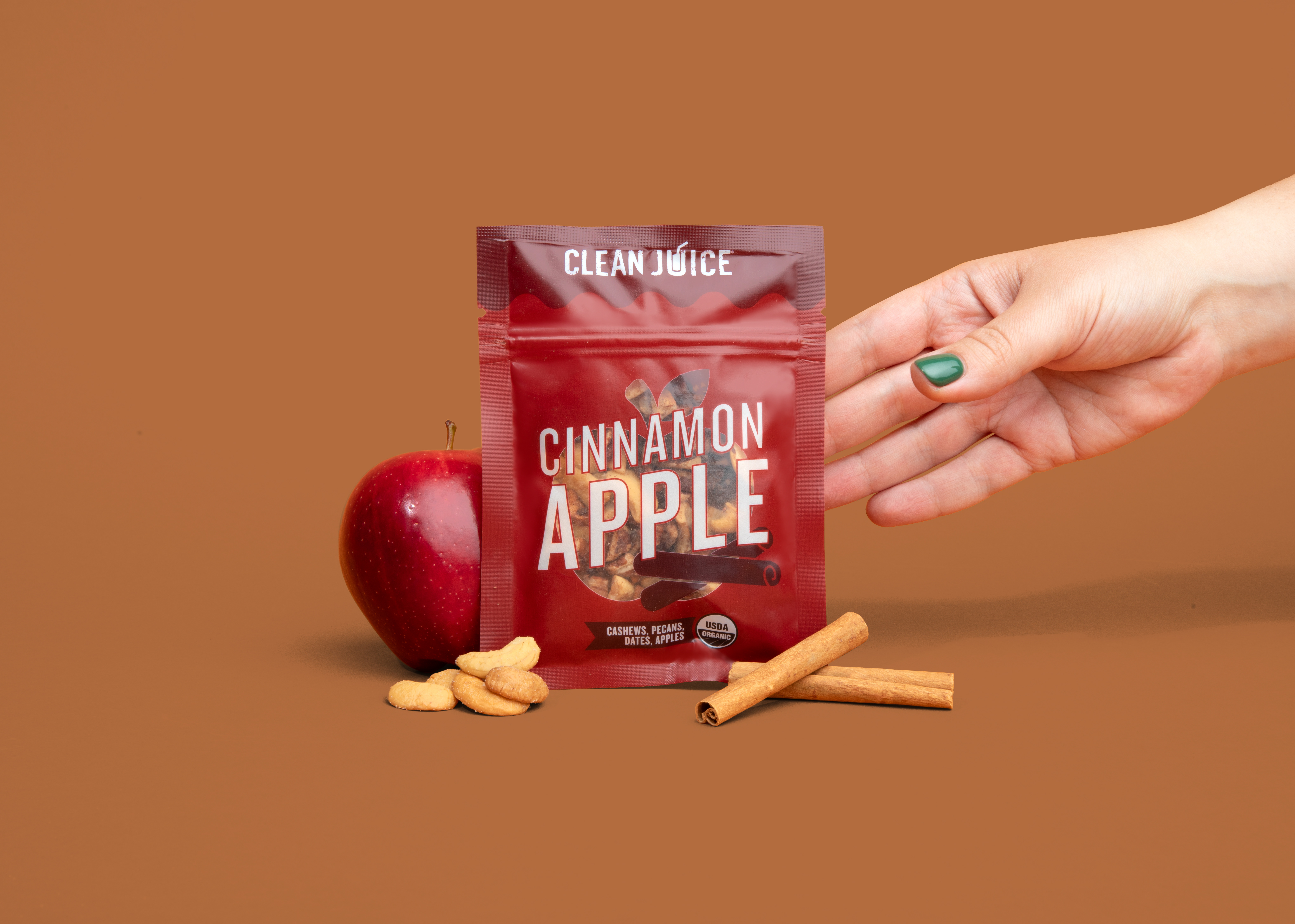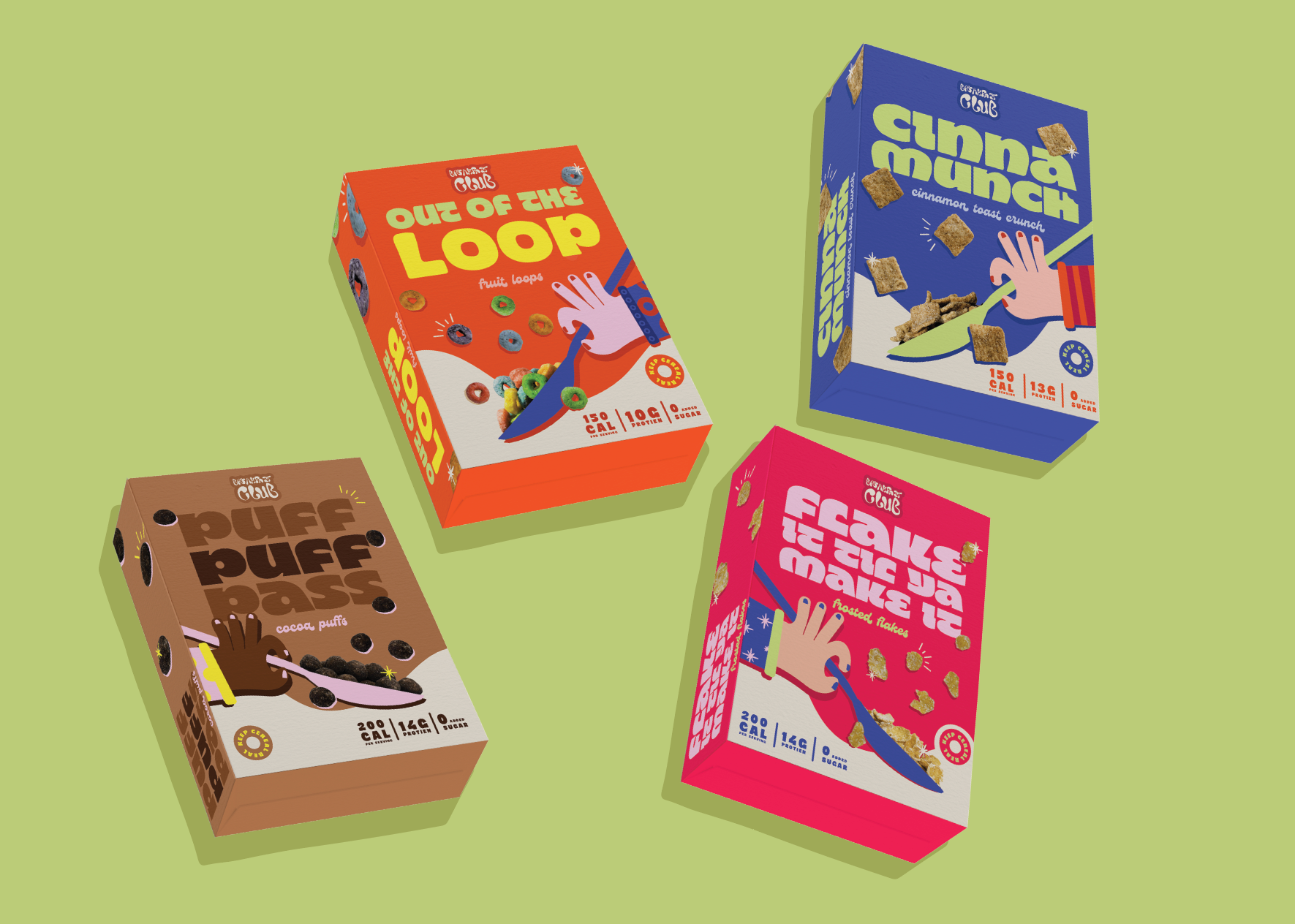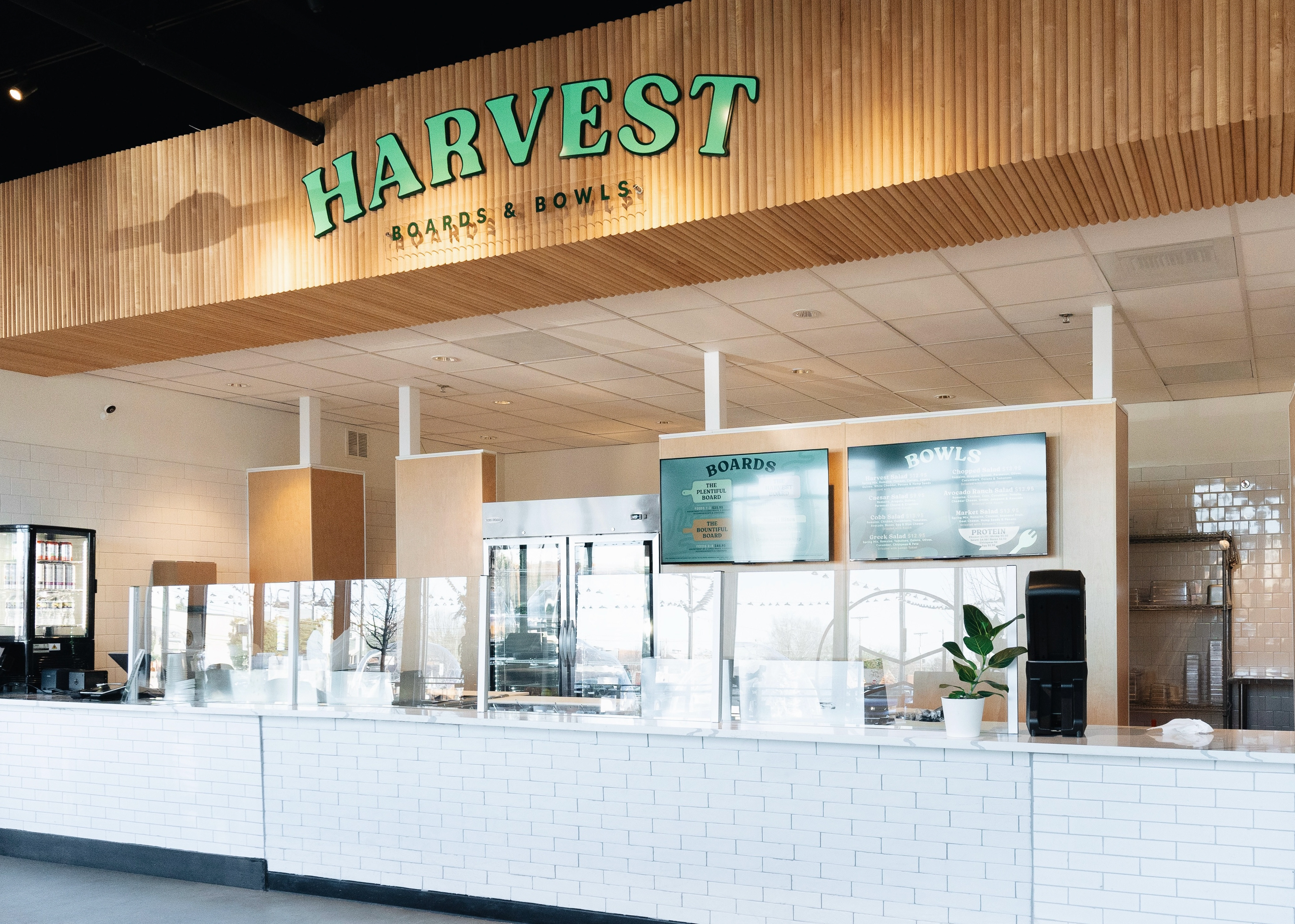The human body experiences an immeasurable amount of sensory experiences everyday. Most of our describable experiences revolve around the five primary senses, sight, smell, taste, touch and hearing. However, it is said that humans can have up to twenty senses including the sense of time, balance and temperature. Maximizing sensory experiences leaves the brain with a hit of dopamine and a rush of serotonin which is why so many people seek out these types of interactions.
Based on the interpretation of synesthesia, or joined perception, we began to create experiences based on the overlap of senses.
Beginning with sound, we explored different avenues of bringing the sound to the forefront with color, texture and shape.
Beginning with sound, we explored different avenues of bringing the sound to the forefront with color, texture and shape.
We found common descriptors and began to build a vernacular around describing the intangable qualities of our seses. Starting with sound, we dissected the experience into managable identigiers, using contrasting words like soft and harsh, as well as rigid and fluid. Exploring the idea of using basic adjectives to describe these experiences is what brought us to our conclusion on how to build a visual representations.
Our approach to smell and taste seemed to come more naturally due to the similar nature of their descriptors. Additionally , there are plenty of resources regarding the science behind how our body intercepts flavors and smells. We took this information and applied the concept to break down and dissect each experience into the previously mentioned simple categories.

